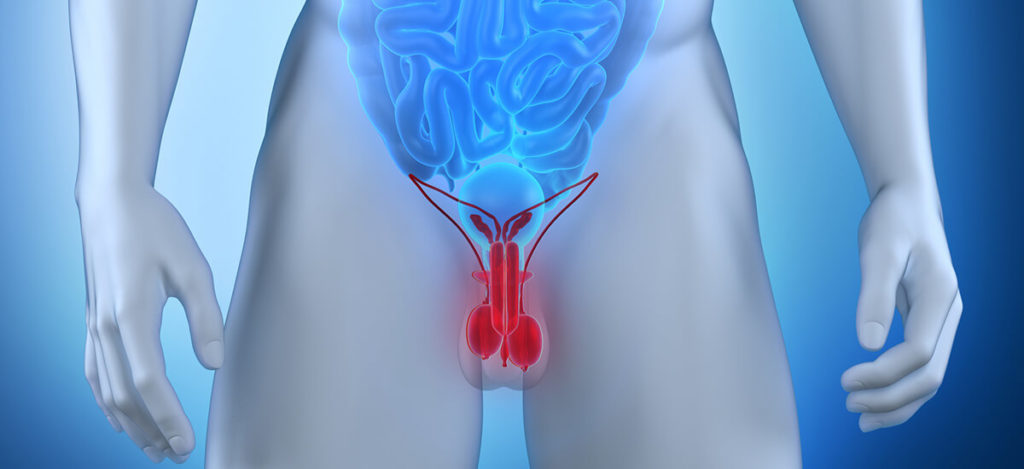Vaccines may make the body build an immune response to kill tumor cells.
Vaccines may make the body build an immune response to kill tumor cells.Randomizedphase II trial to compare the effectiveness of two different vaccines in treating patients who have cancer of the gastrointestinal tract. Condition:- Gastrointestinal CancerStudy Type: InterventionalStudy Design: Treatment Official Title: Phase II Randomized Study of Immunization With Carcinoembryonic Antigen (CEA) Peptide 1-6D Emulsified in Montanide ISA-51 Versus Dissolved in Sargramostim (GM-CSF) in HLA-A2+ Patients With CEA-Producing Adenocarcinomas of Gastrointestinal Tract Origin Further Study Details: OBJECTIVES:Determine whether immunization with carcinoembryonic antigen (CEA) peptide 1-6D (CAP 1-6D) emulsified in Montanide ISA-51 adjuvant or dissolved in sargramostim (GM-CSF) can generate CAP 1-6D-specific T cells in patients with CEA-producing adenocarcinomas of gastrointestinal tract origin. Determine whether vaccination with CAP 1-6D can generate cytotoxic T cells against CEA-expressing tumors in these patients. Determine whether this vaccine can produce antitumor responses in these patients. Determine the frequency and severity of toxic effects associated with this vaccine in these patients. OUTLINE: This is a randomized study. Patients are randomized to 1 of 2 treatment arms.Arm I: Patients receive carcinoembryonic antigen peptide 1-6D (CAP 1-6D) emulsified in Montanide ISA-51 adjuvant subcutaneously on day 1. Arm II: Patients receive CAP 1-6D dissolved in sargramostim (GM-CSF) intradermally on day 1. Treatment repeats in both arms every 3 weeks for 6 courses in the absence of disease progression or unacceptable toxicity. Patients are followed at 3 weeks and then as necessary.PROJECTED ACCRUAL: A total of 10-36 patients (5-18 per arm) will be accrued for this study within 36 months. Eligibility Ages Eligible for Study: 18 Years and above, Genders Eligible for Study: Both Criteria DISEASE CHARACTERISTICS:Histologically confirmed stage II, III, or IV adenocarcinoma of the gastrointestinal tract originating in 1 of the following: Esophagus Stomach Pancreas Small intestine Colon or rectum Gall bladder Extrahepatic bile ducts Ampulla of Vater Completed standard therapy and at risk of recurrent disease OR has relatively stable metastatic disease and a life expectancy of at least 6 months Carcinoembryonic antigen (CEA)-producing tumor as evidenced by detectable blood levels of CEA or positive for CEA on immunohistochemical staining HLA-A2+ PATIENT CHARACTERISTICS: Age:18 and over Performance status:SWOG 0-1 Life expectancy:See Disease Characteristics Hematopoietic:WBC at least 4,000/mm^3 Platelet count at least 100,000/mm^3 Hemoglobin at least 8 g/dL Hepatic:SGOT or SGPT no greater than 3 times upper limit of normal Hepatitis B and C negative Renal:Creatinine no greater than 2.0 mg/dL Other:No other prior malignancy unless currently disease free and off all therapy for that malignancy Early skin cancer allowed No AIDS HIV negative Not pregnant or nursing Fertile patients must use effective contraception during and for 30 days after study participation PRIOR CONCURRENT THERAPY: Biologic therapy:At least 4 weeks since prior immunotherapy Chemotherapy:At least 4 weeks since prior chemotherapy Endocrine therapy:Not specified Radiotherapy:At least 4 weeks since prior radiotherapy Surgery:At least 4 weeks since prior surgery Other:No other concurrent therapy for malignancy[1] Robert P. Whitehead, MD, Study Chair, University of Texas [2] National Cancer Institute (NCI) (US)
All content and media on the HealthEngine Blog is created and published online for informational purposes only. It is not intended to be a substitute for professional medical advice and should not be relied on as health or personal advice. Always seek the guidance of your doctor or other qualified health professional with any questions you may have regarding your health or a medical condition. Never disregard the advice of a medical professional, or delay in seeking it because of something you have read on this Website. If you think you may have a medical emergency, call your doctor, go to the nearest hospital emergency department, or call the emergency services immediately.







